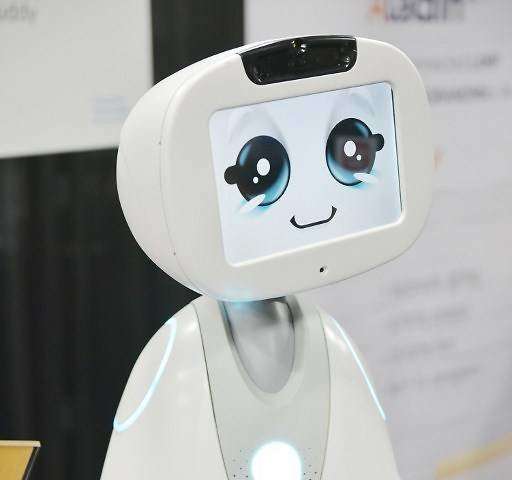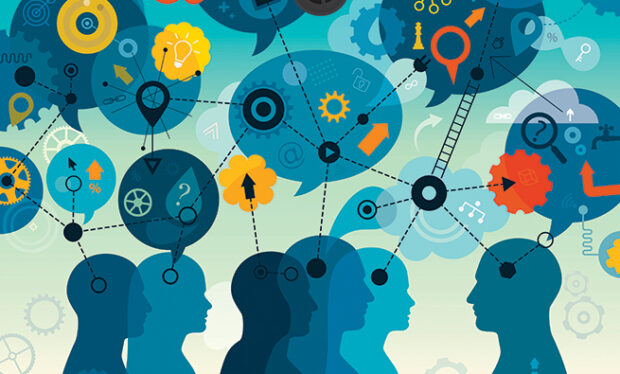The role of humour in conversation
We know it feels good to laugh and it is argued scientifically that humour in general can decrease emotional distress and anxiety in stressful situations (Nijholt, 2003; Szabo, 2003). In addition to the feel good factor, several studies argue that another function of humour is to create solidarity among participants in a conversation and promote a sense of trust and interpersonal attraction (Atardo, 2017; Tsakona & Chovanec, 2018;Glen & Holt, 2007; Nijholt, 2003).
Chatbots and humour
Previous investigations into the role of humour in human–computer interaction with conversational agents (Adiwardana et al, 2020, Nijholt, 2003) emphasise that users consider the agent to be more human-like when they use humour, and this makes them feel more comfortable and positive about the interaction. It has been observed that humour can help make natural language interfaces more appealing and appear ‘friendlier’ to the user (Nijholt, 2003), which in the case of a foreign language learner could reduce the possibility of anxiety, and improve language output.
It has been conclusively shown that “chatbots are designed as communicators” (Fryer et al, 2020;8) with previous studies into the use of chatbots (Adiwardana et al, 2020; Fryer et al, 2020; Westerman et al, 2019) establishing that the common priority of chatbot designers is to strive for the communication between humans and conversational agents to simulate human-human interaction. It is argued that the deficit in conversational ability of interactional tools is compensated for by what are considered to be human-like qualities like humour (Clark et al, 2020). This tendency, combined with the surge in AI research has had a profound effect on the design of chatbots in more recent years as software architects also strive to create agents that are able to emulate emotion and humour in their interactions.
Even if they wore Crocs?
I now understand why when chatting with a bot last week, it randomly asked me the following question and gave the following response:
Chatbot: Could you date someone if they had a terrible sense of fashion?
Kat: Yes
Chatbot: Even if they wore Crocs?
So next time you are chatting with a social chatbot, see if they try to interject humour and jokes, and think about how this makes you feel.
References:
Adiwardana, D., Luong, M.-T., So, D. R., Hall, J., Fiedel, N., Thoppilan, R., Yang, Z., Kulshreshtha, A., Nemande, G., Lu, Y., & Le, Q. V. (2020). Towards a Human-like Open-Domain Chatbot, Google Research, Brain Team, arXiv:2001.09977v3
Attardo, S. (2017) Humor in Language, Oxford Research Encyclopaedia of Linguistics online, https://doi.org/10.1093/acrefore/9780199384655.013.342
Clark, L., Pantidi, N., Cooney, O., Doyle, P., Garaialde, D., Edwards, J., Spillane, B., Gilmartin, E., Murad, C., Munteanu, C., Wade, V., & Cowan, B. R. (2019). What makes a good conversation? Challenges in designing truly conversational agents. Conference on Human Factors in Computing Systems – Proceedings, pp. 1–12.
Fryer, L., Coniam, D., Carpenter, R., & Lapusneanu, D. (2020) Bots for language learning now: Current and future directions, Language Learning & Technology, Vol. 24, Issue 2, pp. 8-22
Nijholt, A. (2003) Humor and Embodied Conversational Agents, http://doc.utwente.nl/41392/
Szabo, A. (2003) The acute effect of humor and exercise on mood and anxiety, Journal of Leisure Research, 35(2), pp. 152-162
Tsakona, V. & Chovanec. J. (2018) Investigating the dynamics of humor: Towards a theory of interactional humor, In (Eds Tsakona, V. & Chovanec. J) The Dynamics of Interactional Humor: Creating and Negotiating Humor in Everyday Encounters, John Benjamins, pp.1-26




